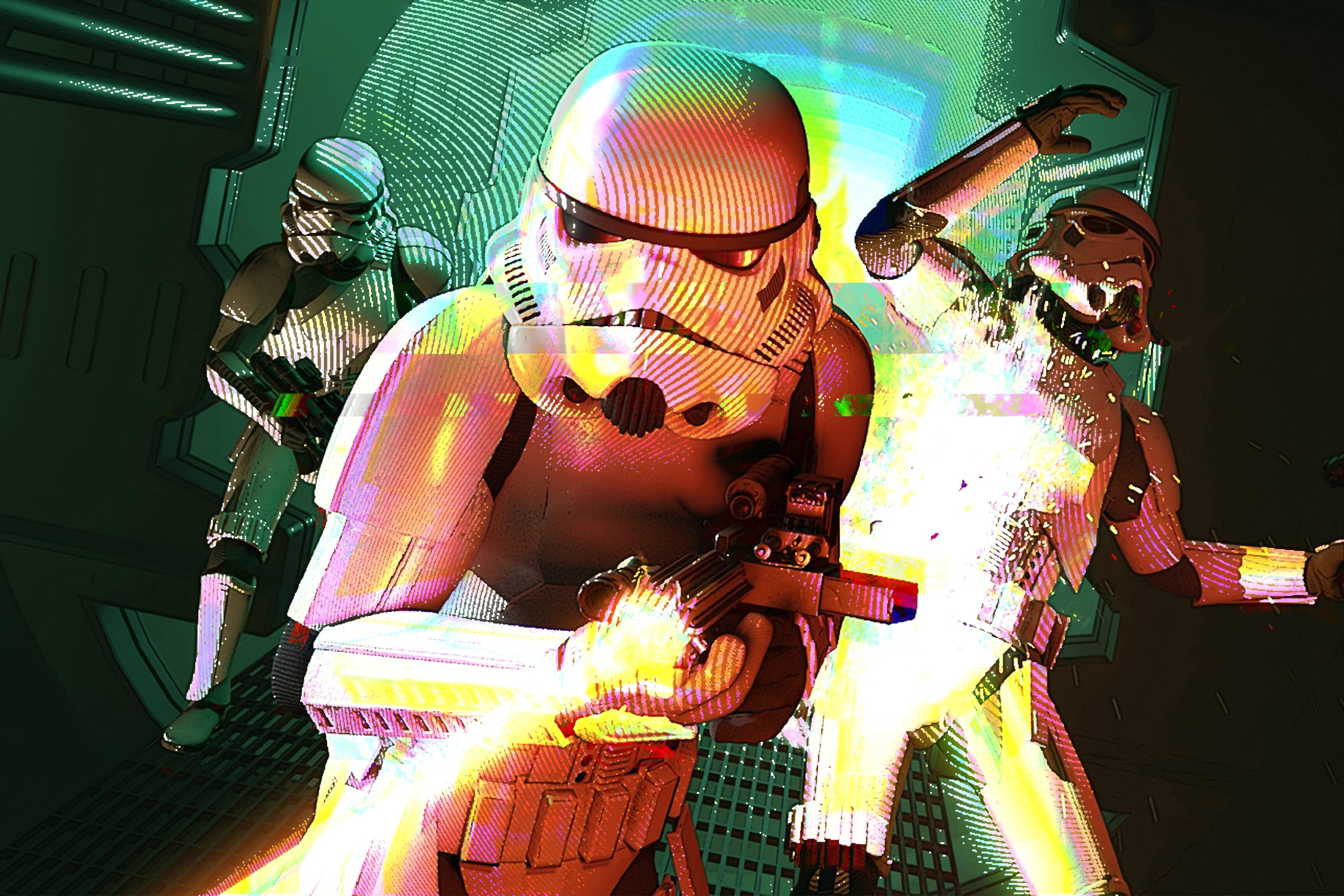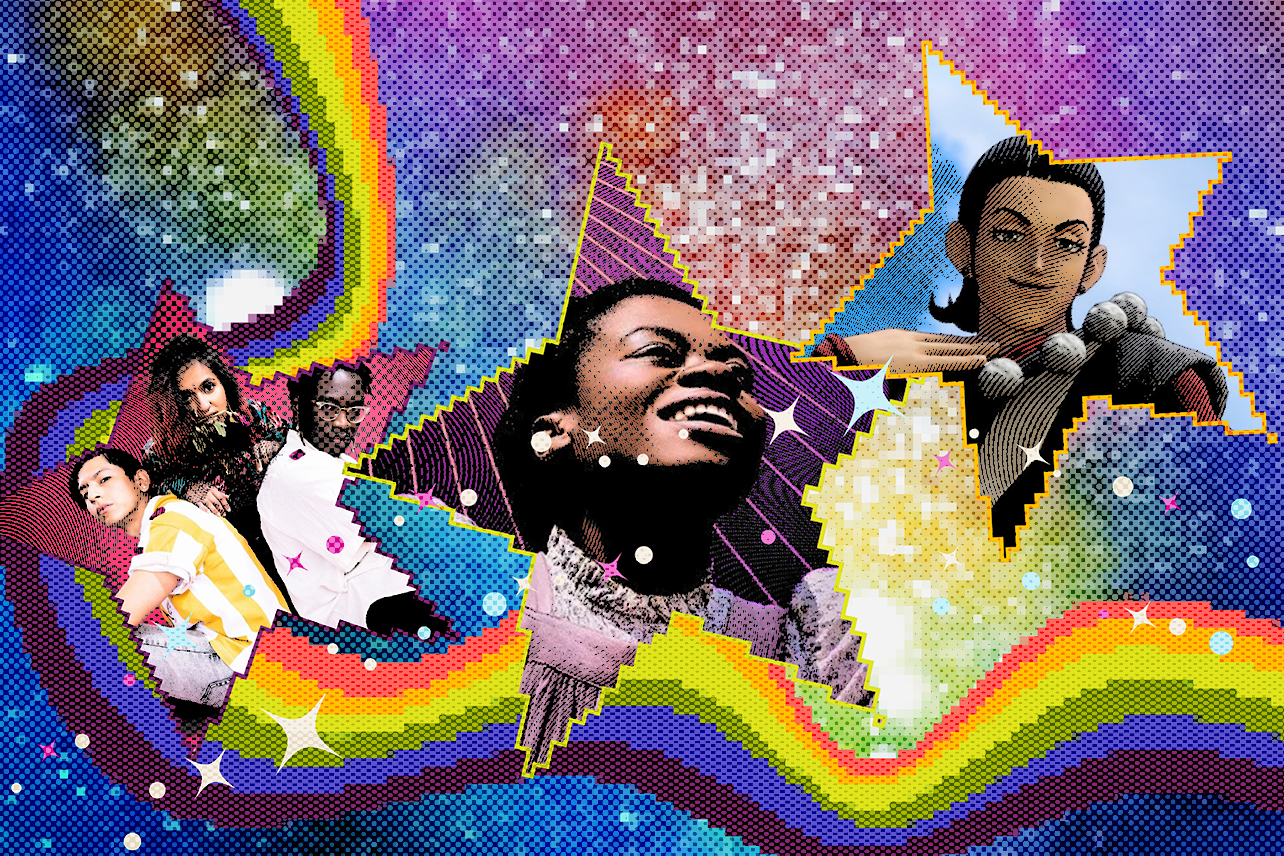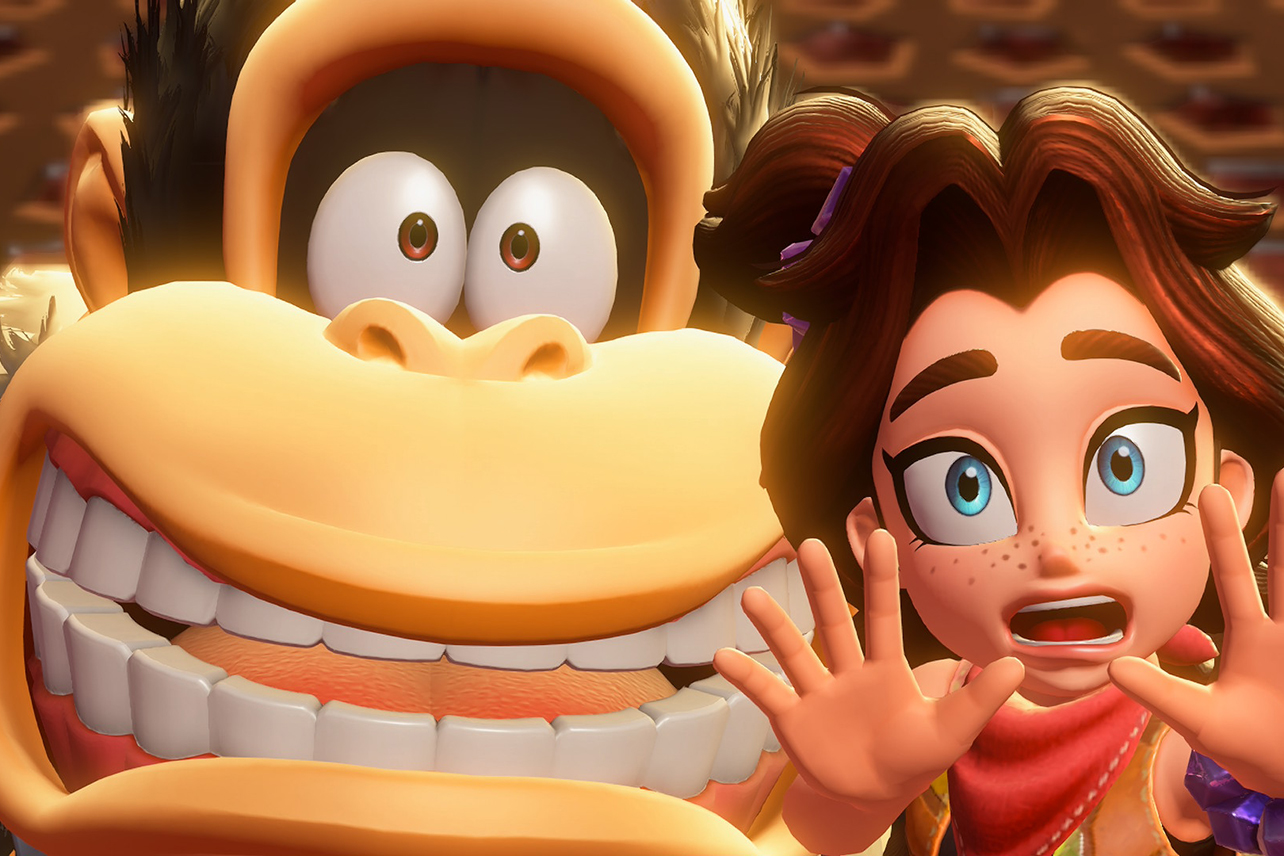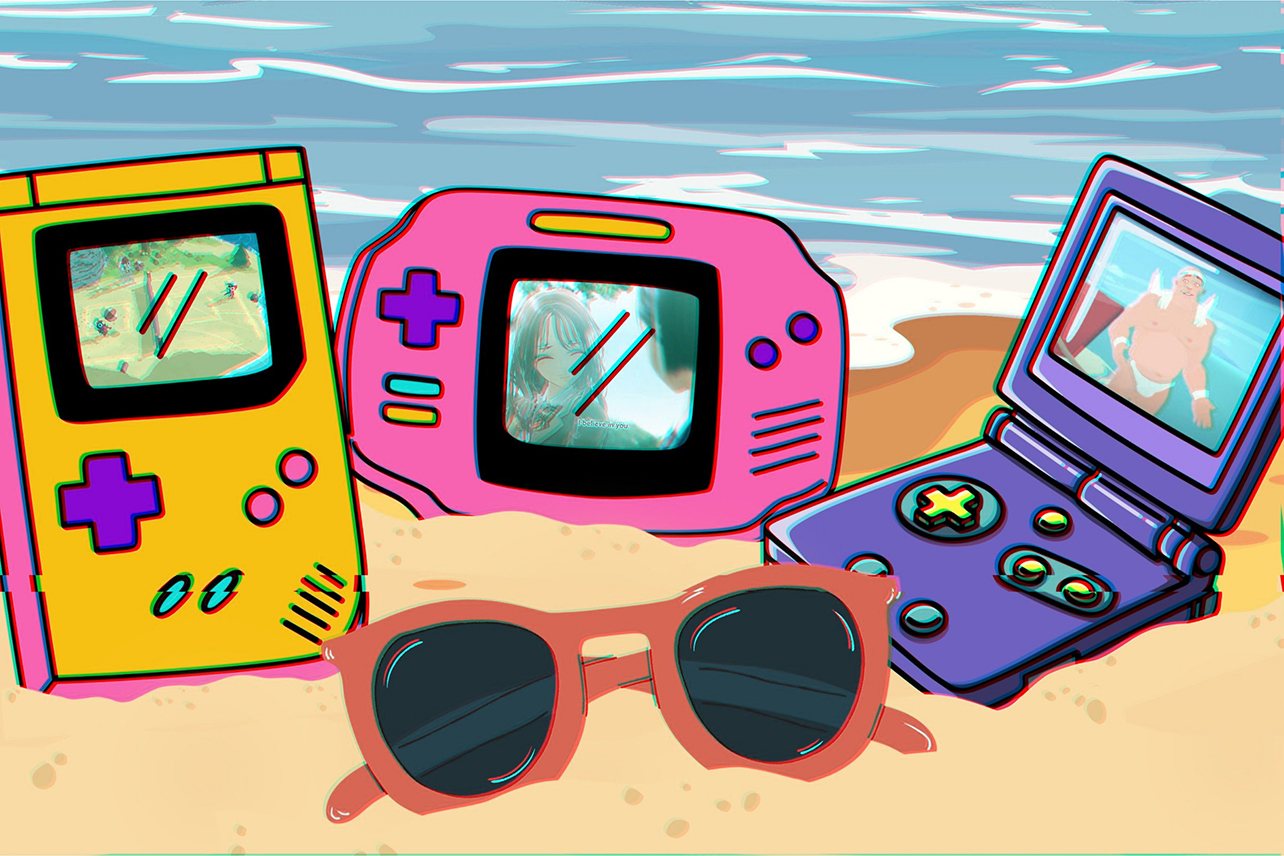The Nintendo Switch 2 has already made its way onto the streets, and one feature making a lot of buzz is the existence of the mouse in the Joy-Con 2. Both the left and right Joy-Cons have optical sensors that'll allow the controllers to function as a mouse or utilize dragging as a mechanic. While several games have already been confirmed to get an update on Nintendo Switch 2, there are a few first-party series absent from this list that we'd love to see mouse controls added to.
Super Mario Maker
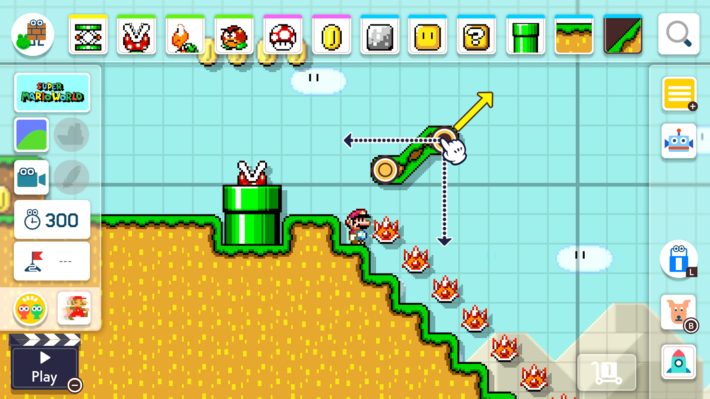
This first one may be the most obvious. Super Mario Maker was originally released on the Wii U in 2015, and it, as the name implies, is a game in which you design Super Mario Bros. levels for one of four games (Super Mario Bros., Super Mario Bros. 3, Super Mario World, and New Super Mario Bros. U) using the touchscreen on the Wii U gamepad. This made sense, as the gamepad included both a stylus that made precision dragging-and-dropping easy and a controller to play levels designed by others — whether on the gamepad's revolutionary-at-the-time screen or in the system's TV mode.
The game's follow-up, Super Mario Maker 2, was released on the Nintendo Switch in 2019 and, unlike the Wii U, the Switch does not include a stylus. Primarily, levels are designed using the controller, a much more cumbersome process — and despite commercial, fan, and critical success, this was a sore spot that detracted from the well-designed additions that built on the first game's formula.
The natural evolution of this series would be a Super Mario Maker 3 that allows the Joy-Con 2 to be used as a mouse. Dragging and dropping level elements would have an ease of use similar to a stylus — and, since Super Mario World romhacking became a big thing over 20 years ago, there is already a community of inventive and talented fans who are accustomed to working with a mouse for level-building. This would be a fantastic improvement on a controller-based interface, and creating levels would be easier and quicker.
Interestingly enough, the Switch's Game Builder Garage — which teaches the basics of game development in a limited engine — will be receiving free updates for mouse support. But Super Mario Maker 2 is nowhere to be found. Super Mario Maker 3 must already be in the hopper, and mouse controls should be a matter of if, not when.
Splatoon
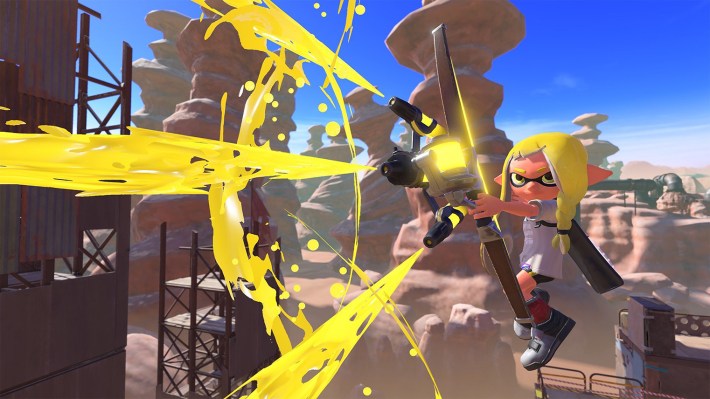
It's no surprise that Splatoon became one Nintendo's top properties, as its release coincided with an explosion in the popularity of esports. Unlike most Nintendo franchises, which typically receive one major mainline entry per platform, the Switch saw both Splatoon 2 and Splatoon 3. Having a third-person shooter as a Nintendo staple is still a surprise, even ten years after the original's debut on Wii U. Part of the series' success, aside from its colorful and intensely cool aesthetic, is its intuitive gyro aiming. Players who use gyro aiming are arguably at an advantage over those who stick to just a controller; a mouse and keyboard on a PC offer a similar fluency.
So how exactly do you match the frantic pace of a preteen hyped up on energy drinks following you with their aiming reticle with the most subtle wrist movements? You add in a mouse control option, and you take out the tweens with tricks you picked up during countless hours of Team Fortress 2 on PC. More control options will only contribute to a healthy ecosystem for players with various preferences and abilities.
Pikmin
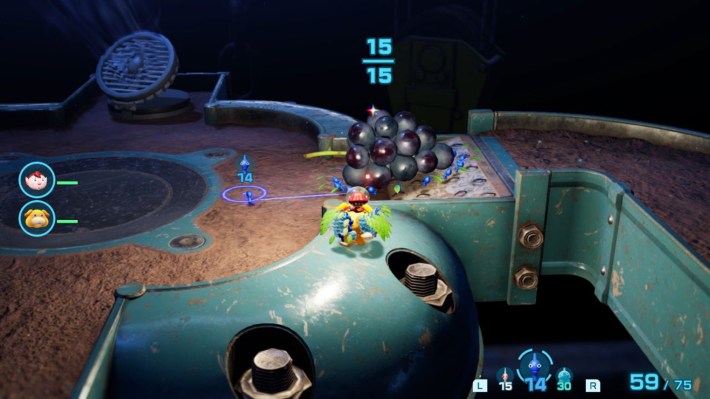
Another game series absent from Nintendo's upgrade path is Pikmin, which is surprising considering all four entries in Pikmin's main series were released or rereleased on the Switch. Pikmin is Nintendo's take on the real-time strategy genre, but with an on-the-ground perspective instead of the more expected top-down. As a captain, you control tiny creatures called Pikmin, throwing or moving them in swarms to pick up objects, complete tasks, or attack enemies.
Mouse controls and the RTS genre go hand in hand. High-level Starcraft 2 matches make for an awesome and impressive watch, given the frenetic clicks-per-minute gameplay from professional players. Although it's a little gentler, Pikmin could still utilize the mouse controls for pace and precision — even if it's just to throw your Pikmin.
The series has already done something similar on the Wii ports of Pikmin and Pikmin 2 by utilizing that system's fluid pointer controls, so it wouldn't be surprising if mouse controls are already in the works.
The addition of mouse controls poses an issue, though: When Pikmin 1 and 2 were ported to the Wii, the player's pointer could move across a large range, but the Switch 2 ports' gyro aiming required you to be holding a Pikmin, and you couldn't have the aiming reticle as far as you could on the Wii. Introducing mouse controls could prove difficult unless the developers changed the system again to allow you to aim at all times.
Wario Ware
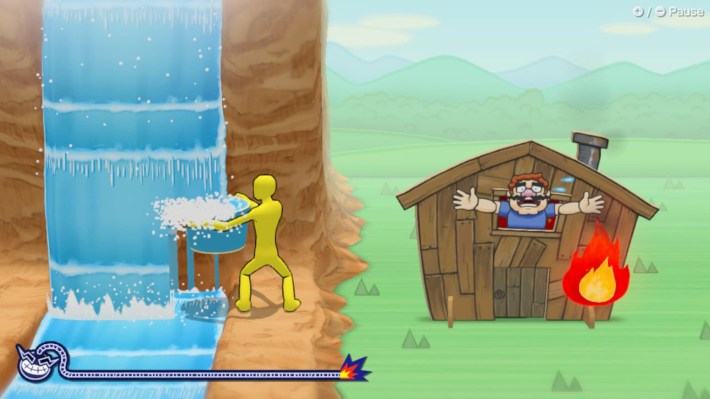
There are few games that showcase a Nintendo console's new gimmicks better than WarioWare. For the uninitiated, WarioWare is a unique series without standard levels; instead, it is built on hundreds of "micro games" that last just a few seconds each. For the Game Boy Advance, these micro games were simple and required only a D-pad and A/B buttons, but later entries took advantage of their respective systems' more advanced control capabilities.
WarioWare: Touched! used the Nintendo DS' touchscreen; WarioWare: Smooth Moves used the Wii's motion controls; and Game & Wario, while not a traditional WarioWare game, used the Wii U's gamepad for its various game modes. Naturally, WarioWare could have an entry focused built around the mouse.
It doesn't take much to imagine what this would look like; someone has already done it. While still in development, Mindwave is a WarioWare-inspired indie also bases on micro games, but controlled primarily using mouse and keyboard. Where WarioWare on the Nintendo Switch 2 would lack a keyboard, it would introduce the ability to use two Joy-Con mice at once. Nintendo is already experimenting with this scheme with their wheelchair basketball-like title, Drag x Drive.
Nintendo Classics (SNES)
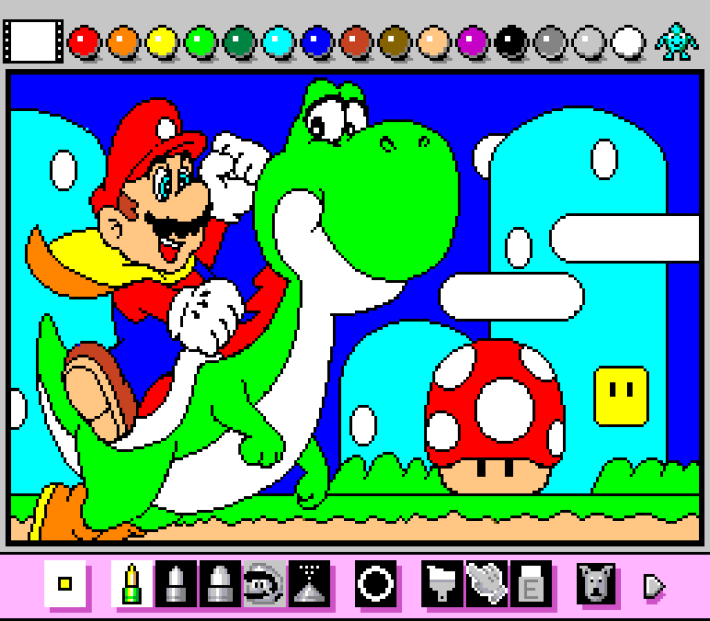
Nintendo has released several legacy titles over the majority of the Switch's lifespan. Nintendo Switch Online subscribers have access to a library of Super NES titles — and some notably missing titles are compatible with a familiar-looking peripheral.
When Mario Paint was released in 1992, it was bundled with the SNES mouse, a roller mouse that plugged into one of the system's controller ports. Players could create artwork, compose simple music, and play an addictive point-and-click minigame. The pack-in title eventually became a cult classic.
Mario Paint isn't available on Nintendo Switch Online — yet. The Nintendo Switch 2's mouse will make it possible to play Mario Paint on a modern console without sacrificing the experience of the original title.
Mario Paint wasn't the only title compatible with the SNES mouse. Over 60 titles were, including Mario's Picross and Nobunaga's Ambition, which are already on the Switch. Adding mouse compatibility for classic SNES games will open the door for more titles, and it's something Nintendo should explore.
When Nintendo releases a new system, they love to experiment with and explore the fringes of their new control schemes as much as they can — even if it draws ire from some fans. The Nintendo Switch 2's Joy-Con mouse is already in a lot of peoples' eager hands, and we're excited to see what the company does with it as the system matures.
If you haven't already, consider supporting worker-owned media by subscribing to Pop Heist. We are ad-free and operating outside the algorithm, so all dollars go directly to paying the staff members and writers who make articles like this one possible.

